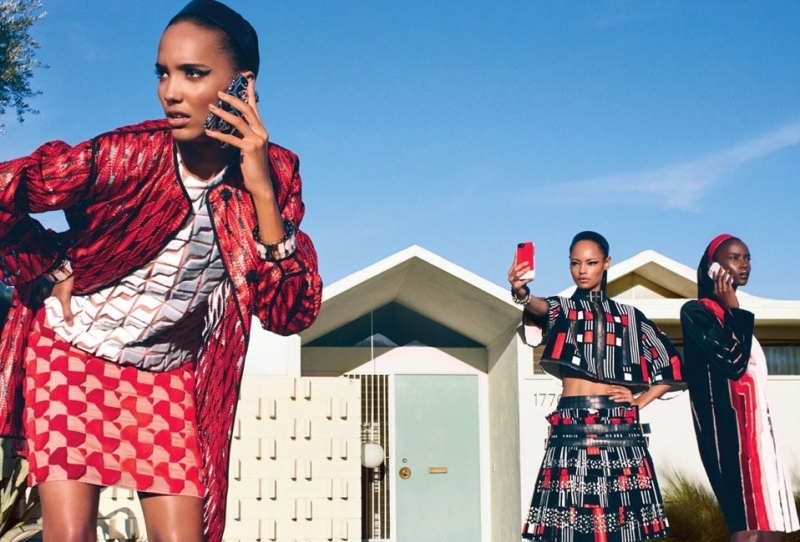Social Media and the Rise of Fast-Fashion
Visual content is one of the most engaging forms of content and, since fashion companies often have an abundance of such content, social media and fashion are, in many ways, a match made in heaven.
However, the fashion industry was a latecomer to the social media scene, and arguably only started to make the most of the medium around 2009-10.
Five years on, and we’re starting to see the effect social media has had on the fashion industry in general. And it’s fast-fashion that looks like the biggest winner.

It’s no secret that millennials like to share almost every aspect of their lives on social media. And this means that many belonging to that demographic are shopping more, since they don’t want to be seen in the same outfit too often.
In fact the demand for camera-ready outfits has been cited as the main driving force for the five percent global increase in apparel accessories in 2014.
And the demand for more outfits is also one of the reasons for why value fast-fashion brands such as H&M, Zara, and Primark are seeing considerable growth despite disposable incomes remaining the same.
But not all social media sites were created equal. Many fast-fashion brands are seeing the best returns on image sharing-based (rather than traditional information sharing-based) platforms.
Since it started rolling out sponsored ads over a year and a half ago, Instagram has quickly emerged as many brands’ favourite platform. This year alone, Instagram is set to make $595 million in mobile ad revenue globally, and brands were quick to embrace the platform’s call-to-action buttons, such as “Shop Now” and “Learn More”.
This is perhaps the first time such buttons have been a successfully implemented on a mainstream social media site (Facebook and Twitter both tried and failed to launch similar functions), and it looks like the image-centric nature of the site is the reason – something that bodes well for Pinterest’s buy button ambitions.
But what is the cost of fast-fashion? It’s certainly not environmentally friendly. And it may mean that designers are looking to create clothes that have instant “wow” factor but no longevity.
What do you think about social media’s impact on the fashion industry and rise of fast-fashion?
Email us your thoughts.
